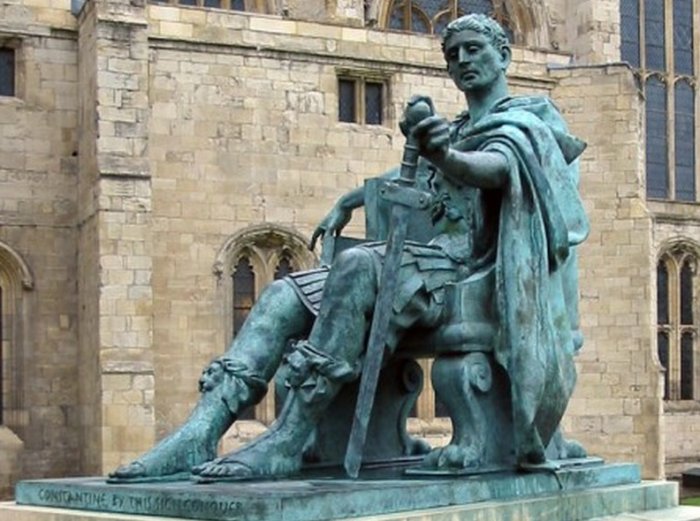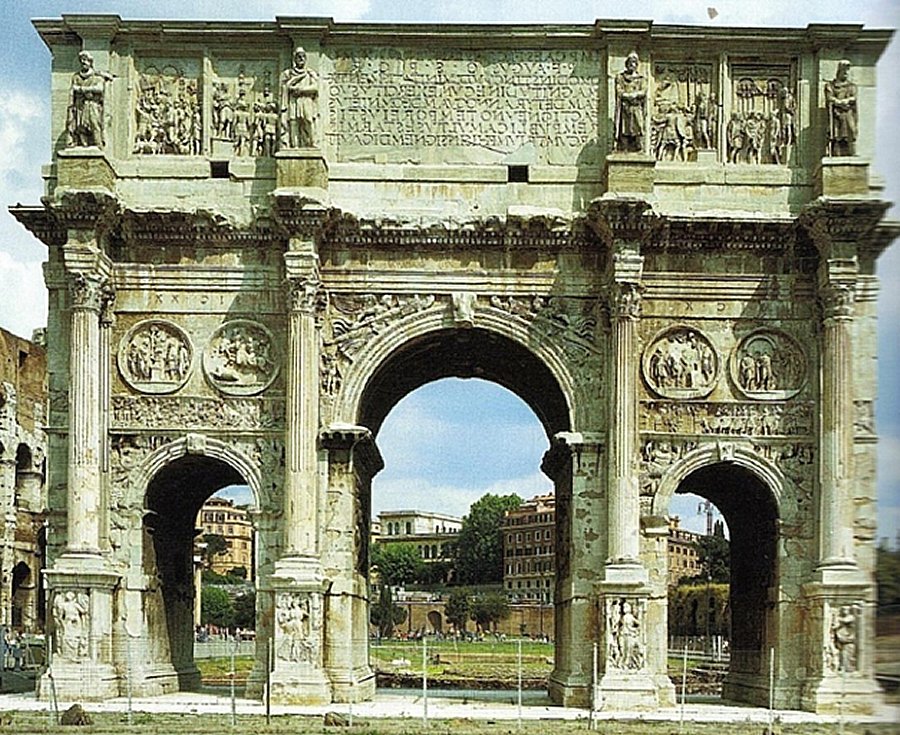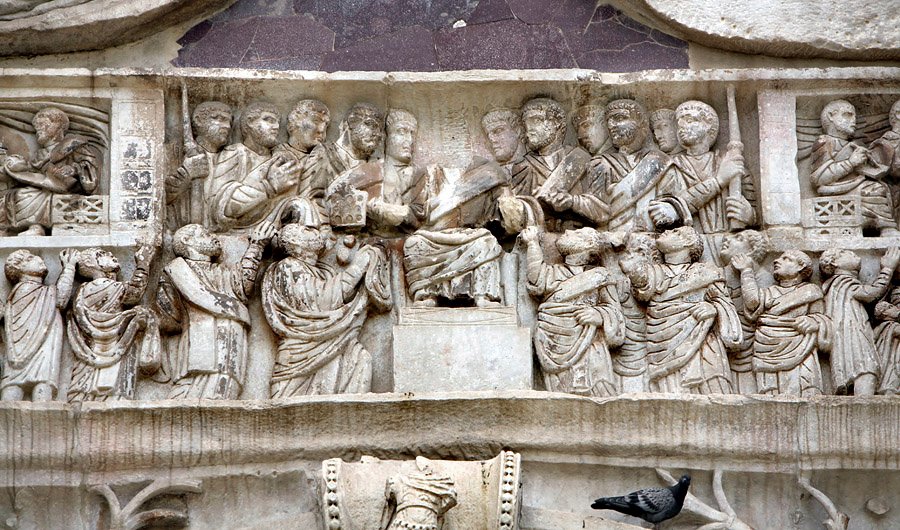Triumphal Arch Of Roman Emperor Constantine And His Great Vision
A. Sutherland - AncientPages.com - Roman imperial triumphal arches symbolized the empire's power and greatness of the emperor. The arches were decorated with beautiful historical scenes commemorating the achievements of the Roman leader to his people and the kingdom.
Credit: Adobe Stock - Sergii Figurnyi
Republican tradition meant that the arches were closely associated with an individual's achievements. During the imperial period, emperors used arches to convey information about their military and civil achievements.
The Arch of Constantine, Rome - situated in the vicinity of the Colosseum in Rome - is a monument to the glory of Emperor Constantine the Great. It represented the largest preserved Roman Arch and was exhibited on July 25, 315 AD, in Rome to commemorate the tenth anniversary of Constantine's rule (decennalia) and his great victory at the Battle of Ponte Milvio in 312 AD.
Constantine conquered his great rival for power, Emperor Maxentius, who had co-ruled with him between 306 and 312 AD, before being expelled.
Who Was Constantine The Great?
The emperor Constantine is celebrated as a saint in the Orthodox Church but not in the Western Church.
After the battle of Mulvian Bridge on October 27, 312 AD, Flavius Valerius Aurelius Constantinus became the emperor of Rome commonly known as Constantine the Great.
From a Christian perspective, his most outstanding merit was the legalization of Christianity. He also moved the imperial capital to Constantinople.
Ancient chronicles say that Emperor Constantine had a vision that God promised him a victory if his army portrayed the sign of the cross on their shields.
Fourth-century historian and bishop Eusebius of Caesarea wrote in "The Life of the Blessed Emperor Constantine" about Constantine's experience:
 The vision of Emperor Constantine. Credits: P. Rubens
The vision of Emperor Constantine. Credits: P. Rubens
"The emperor said that about the noon hour, when the day was already beginning to wane, he saw with his own eyes in the sky above the sun a cross composed of light, and that there was attached to it an inscription saying, "By this conquer." At the sight, he said, astonishment seized him and all the troops who were accompanying him on the journey and were observers of the miracle.
He said, moreover, that he doubted within himself what the import of this apparition could be, And while he continued to ponder and reason on its meaning, night suddenly came on; then in his sleep, the Christ of God appeared to him with the same sign which he had seen in the heavens and commanded him to make a likeness of that sign which he had seen in the heavens, and to use it as a safeguard in all engagements with his enemies.
Arch of Constantine, Rome. Image credit: Alexander Z - CC BY-SA 3.0
At dawn of day, he arose and communicated the marvel to his friends; and then, calling together the workers in gold and precious stones, he sat in the midst of them and described to them the figure of the sign he had seen, bidding them represent it in gold and precious stones…"
Constantine did conquer Maxentius, and the battle marked the beginning of Constantine's conversion to Christianity. He also reformed the army, stabilized the economy in the empire, and introduced the solidus. This gold coin continued in the Byzantine Empire and remained used for a thousand years.
Impressive Arch of Constantine In Full Glory But Decorated With Old Reliefs
 Above: Battle of Ponte Milvio in 312 AD: Below: Siege of Verona 312 AD.
Above: Battle of Ponte Milvio in 312 AD: Below: Siege of Verona 312 AD.
The monumental triumphal Arch of Constantine stands 21m high, 25.7m wide, and 7.4m deep. Undoubtedly, the structure is attributed to Constantine's divine inspiration, and this experience could help him win the battle.
However, the Arch does not display visible Christian symbols.
On the contrary, all reliefs that decorate the monument were taken from monuments made for earlier Roman emperors. These reliefs were once dedicated to other great emperors such as Trajan, Hadrian, and Marcus Aurelius, known for their best achievements dating to the 2nd century when the Roman Empire flourished.
A detail of the northern frieze of the Arch of Constantine. This detail shows Constantine distributing gifts from his throne down to his supporters. Credits: commons.wikimedia.org/
Many historians have long wondered why new decorative elements are missing in the Arch of Constantine.
Was it because artists and builders did not have new fresh ideas to use, or was it better to keep the same older style to show that Constantine's status, legitimacy, and achievements were equal to some other the best Roman emperors?
Written by – A. Sutherland - AncientPages.com Senior Staff Writer
Updated on September 17, 2022
Copyright © AncientPages.com All rights reserved. This material may not be published, broadcast, rewritten or redistributed in whole or part without the express written permission of AncientPages.com
Expand for referencesMore From Ancient Pages
-
 Completely Intact 2,000-Year-Old ‘Chocolatier Style’ Pot Discovered In Mexican Cave
Archaeology | Jul 30, 2022
Completely Intact 2,000-Year-Old ‘Chocolatier Style’ Pot Discovered In Mexican Cave
Archaeology | Jul 30, 2022 -
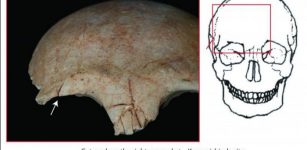 Population Pressure And Prehistoric Violence In The Yayoi Period Of Japan
Archaeology | Aug 30, 2021
Population Pressure And Prehistoric Violence In The Yayoi Period Of Japan
Archaeology | Aug 30, 2021 -
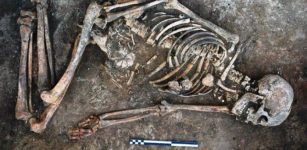 Unique Bones Decorated With Black Markings Discovered In 4,500-Year-Old Tomb In Ukraine
Archaeology | Jul 30, 2018
Unique Bones Decorated With Black Markings Discovered In 4,500-Year-Old Tomb In Ukraine
Archaeology | Jul 30, 2018 -
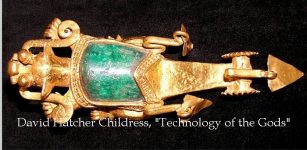 Prehistoric Heavy Machinery Of The Ancient Times Or A Piece Of Jewelry?
Ancient Technology | Sep 12, 2018
Prehistoric Heavy Machinery Of The Ancient Times Or A Piece Of Jewelry?
Ancient Technology | Sep 12, 2018 -
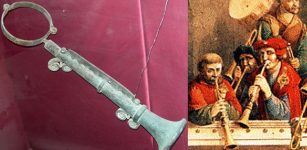 What Was The Medieval Shame Flute?
Ancient History Facts | Jan 27, 2020
What Was The Medieval Shame Flute?
Ancient History Facts | Jan 27, 2020 -
 Amanitore – Nubian Warrior Queen And Her Pyramids
Historical Figures | Aug 13, 2018
Amanitore – Nubian Warrior Queen And Her Pyramids
Historical Figures | Aug 13, 2018 -
 Cedar – Sacred Tree With Medicine Power In Native American Beliefs
Featured Stories | Jan 6, 2018
Cedar – Sacred Tree With Medicine Power In Native American Beliefs
Featured Stories | Jan 6, 2018 -
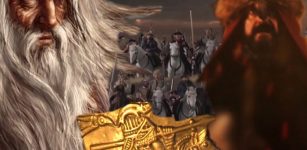 Surprising Connection Between Norse God Odin And Attila The Hun Revealed
Featured Stories | Dec 8, 2020
Surprising Connection Between Norse God Odin And Attila The Hun Revealed
Featured Stories | Dec 8, 2020 -
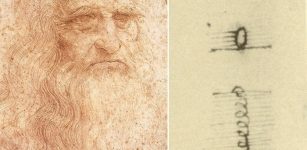 Leonardo da Vinci’s Paradox Cracked
Ancient Technology | Jan 19, 2023
Leonardo da Vinci’s Paradox Cracked
Ancient Technology | Jan 19, 2023 -
 Major Underwater Archaeological Find On The Western Coast Of Sicily – Artifacts From The Battle Of The Egadi Islands?
Archaeology | Sep 11, 2023
Major Underwater Archaeological Find On The Western Coast Of Sicily – Artifacts From The Battle Of The Egadi Islands?
Archaeology | Sep 11, 2023 -
 10 Ancient Shipwrecks And Several Underwater Artifacts Found Around The Island Of Kasos
Archaeology | Mar 14, 2024
10 Ancient Shipwrecks And Several Underwater Artifacts Found Around The Island Of Kasos
Archaeology | Mar 14, 2024 -
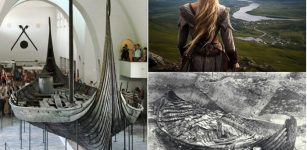 Why Is The Oseberg Ship Burial A Great Viking Mystery?
Featured Stories | Jan 22, 2024
Why Is The Oseberg Ship Burial A Great Viking Mystery?
Featured Stories | Jan 22, 2024 -
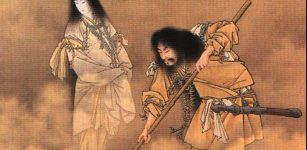 Yomi – Kingdom Of The Dead In Japan’s Native Shinto Religion
Featured Stories | Jun 7, 2021
Yomi – Kingdom Of The Dead In Japan’s Native Shinto Religion
Featured Stories | Jun 7, 2021 -
 Ancient Jaintia Kingdom And The Garden Of Monoliths And Dolmens
Featured Stories | Nov 8, 2016
Ancient Jaintia Kingdom And The Garden Of Monoliths And Dolmens
Featured Stories | Nov 8, 2016 -
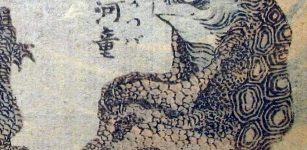 Mystery Of The Kappas That Moved Swiftly Over The Waters Or Across The Sky
Japanese Mythology | Jun 16, 2014
Mystery Of The Kappas That Moved Swiftly Over The Waters Or Across The Sky
Japanese Mythology | Jun 16, 2014 -
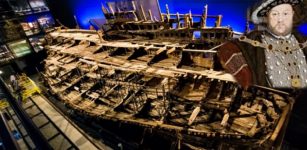 Artifacts From King Henry VIII’s Warship The Mary Rose – Analyzed
Archaeology | Apr 28, 2020
Artifacts From King Henry VIII’s Warship The Mary Rose – Analyzed
Archaeology | Apr 28, 2020 -
 Freemasons Secrets – American Democracy Is Part Of An Ancient Universal Plan – The Beginning And The Dream Of A Brotherhood Of Men – Part 1
Civilizations | Jul 12, 2018
Freemasons Secrets – American Democracy Is Part Of An Ancient Universal Plan – The Beginning And The Dream Of A Brotherhood Of Men – Part 1
Civilizations | Jul 12, 2018 -
 Mini-Pyramid Discovered In South Saqqara, Egypt
Archaeology | Oct 13, 2017
Mini-Pyramid Discovered In South Saqqara, Egypt
Archaeology | Oct 13, 2017 -
 Bizarre Meat-Eating Dinosaur Found In Classic Fossil Site In Egypt’s Sahara Desert
Archaeology | Jun 9, 2022
Bizarre Meat-Eating Dinosaur Found In Classic Fossil Site In Egypt’s Sahara Desert
Archaeology | Jun 9, 2022 -
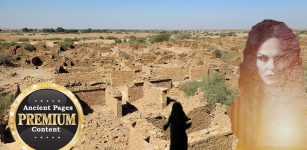 Ancient Mystery Of The Village Where All Residents Vanished Overnight
Featured Stories | Oct 19, 2021
Ancient Mystery Of The Village Where All Residents Vanished Overnight
Featured Stories | Oct 19, 2021


